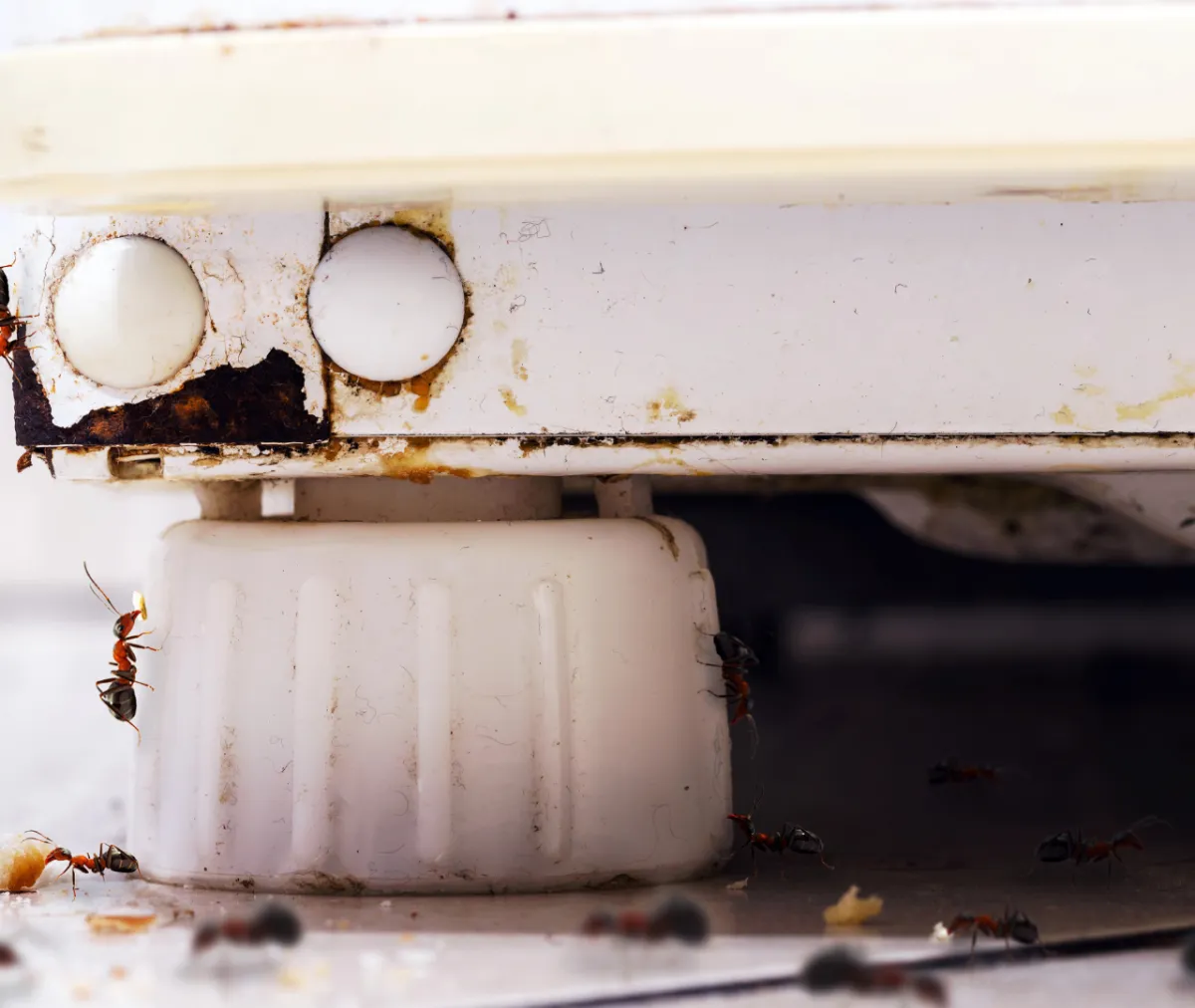
Can Regular Pest Inspections Save You Thousands in Property Damage?
Absolutely. Regular pest inspections are a simple, cost-effective way to prevent extensive and expensive damage to your home. While most homeowners wait until there's an obvious infestation, the smartest way to protect your property—and your wallet—is to act early.
The Hidden Costs of Ignoring Pests
Pests can cause serious damage long before you ever see them. From termites silently eating away at your foundation to rodents chewing wires behind walls, these unwelcome intruders work fast and quietly. The result? Big problems that lead to even bigger repair bills.
Here’s how some of the most common pests can wreak havoc:
Termites
These wood-destroying insects cause over $5 billion in damage annually in the U.S. Termite infestations can remain hidden for years, often discovered only after major structural elements are compromised. Repairs can cost $3,000 to $10,000 or more—and most homeowners’ insurance won’t cover it.Rodents (Rats and Mice)
Rodents chew through insulation, pipes, and electrical wiring, posing serious fire and flood risks. Rodent-related repairs and extermination can easily reach thousands of dollars.Carpenter Ants
Like termites, carpenter ants burrow into wood to create nests. Over time, this weakens the structural integrity of walls, floors, and supports.Cockroaches and Bed Bugs
These pests may not destroy your home’s structure, but their infestations require intensive, expensive extermination. Left unchecked, costs can climb rapidly.Wildlife (Raccoons, Squirrels, Bats)
Wild animals in your attic or crawl spaces tear up insulation and ductwork, create fire hazards, and leave behind hazardous waste. Clean-up, removal, and repairs can range from $2,000 to $6,000+.
How Regular Inspections Can Help
Pest inspections are like dental checkups or car maintenance—meant to catch issues before they spiral. A professional pest inspector is trained to:
Identify signs of active infestations (nests, droppings, chew marks, etc.)
Check for damage to wood, insulation, wiring, and more
Find common entry points and vulnerabilities
Assess moisture issues that may attract pests
Recommend preventative treatments or exclusion methods
Develop a treatment plan if any pests are detected
By finding small problems early, you can avoid massive repairs later on.
Prevention vs. Repairs: A Cost Comparison
Let’s break down the cost difference between proactive inspections and emergency fixes:
Pest IssueCost Without InspectionCost With Early DetectionTermite damage$5,000–$10,000+$200–$400 (early treatment)Rodent-chewed wiring$1,000–$5,000+$150–$300 (trapping/sealing)Bed bug infestation$1,500–$5,000+$100–$250 (early-stage)Raccoon roof damage$2,000–$6,000+$300–$600 (removal & repair)
A typical inspection costs between $100 and $300—an investment that can save you thousands.
Warning Signs of Hidden Infestations
Many pest problems aren’t visible until it’s too late. But some subtle signs can tip you off:
Scratching or scurrying sounds in walls or ceilings
Droppings, grease trails, or stains near baseboards
Piles of sawdust-like material (termite frass)
Musty, unpleasant odors
Bubbling paint or warped wood
Chew marks on wires or packaging
Daytime pest sightings (indicates a large infestation)
Even if you don’t spot any of these, a professional may catch issues that go unnoticed.
Who Should Get Regular Inspections?
Pest inspections aren’t just for people with known infestations. They’re beneficial for:
Homeowners: Especially those in areas prone to termites, ants, or rodents
Landlords & Property Managers: To prevent tenant complaints or liabilities
Real Estate Buyers/Sellers: To uncover hidden issues before a deal
Owners of Older Homes: These are more likely to have structural gaps or vulnerabilities
In most cases, experts recommend annual inspections. Homes in high-risk regions or with previous infestations may need them more frequently.
Long-Term Benefits of Regular Pest Inspections
Protect Your Investment
Your home is likely your largest financial asset. Preventing damage keeps its value intact and avoids major expenses down the road.Avoid Emergency Repairs
It’s much easier—and less stressful—to handle a minor issue before it becomes a crisis. Pest inspections help you plan and act early.Improve Health and Safety
Pests can carry bacteria, allergens, and diseases. Rodents and roaches, for example, are linked to respiratory issues. Regular inspections protect your family’s health.Avoid Insurance Disputes
Most home insurance policies don’t cover damage caused by pests. If a claim is denied due to preventable damage, you’re stuck paying out of pocket.
Final Thoughts
Can regular pest inspections really save you thousands in property damage? Without question. They’re a small investment with massive potential returns—protecting your home, health, and finances.
Whether you’re actively seeing signs of pests or just want peace of mind, scheduling a professional inspection is one of the most practical decisions a homeowner can make.
Don’t wait for the damage to show—because by the time you see it, it may already be too late.